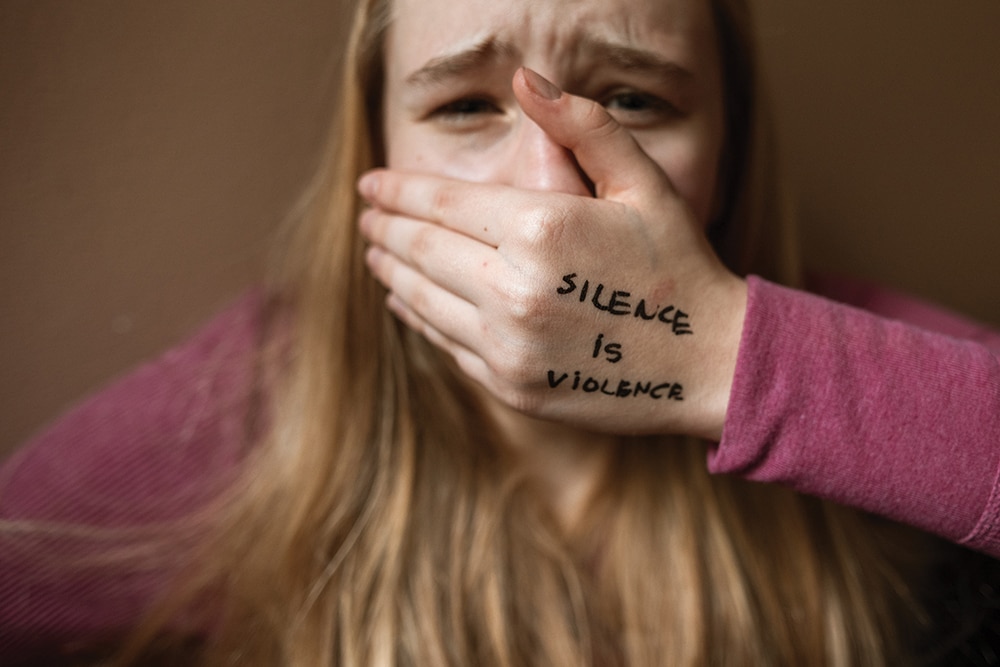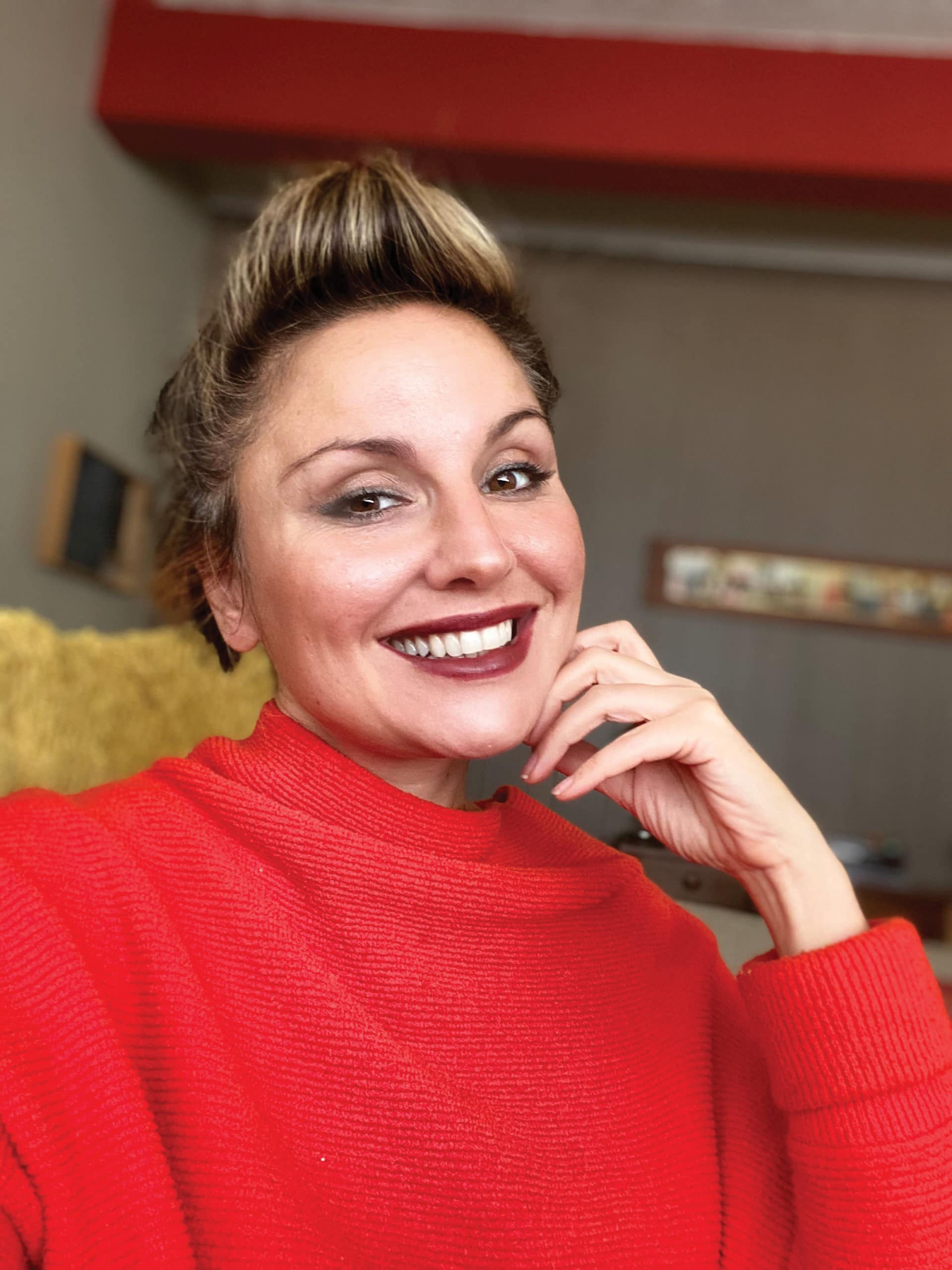How much can be written about trauma?
After all, trauma is the weather that shapes us. For better or worse, it is through pain and suffering that we learn what we are made of. And yet, we are in need of a hopeful perspective, a valuable and humanistic discussion toward healing rather than a dry, clinical account. Popular psychology pages are filled with graphs and bullet points about trauma. Anger, impulsivity, substance abuse, nightmares, flashbacks, startle response, depression, and anxiety are some of the familiar symptoms of PTSD (post-traumatic stress disorder).
It should also be noted that trauma can be passed down from generation to generation, pre- and postnatally. Traumatized people usually have high stress hormones which genetically carry over to our children, their children, and so on. Trauma causes neurobiological changes that, in some cases, are irreversible. However, we must not forget that healing and learning are also an inevitable eventuality. We collectively carry traumas of our ancestors in our genes, and our bodies keep scores of these traumas, which in turn can guide us toward survival. We would not be here if our reptilian responses, instincts, gut feelings, and such did not deter us away from danger. The current rise in violence must be studied, understood, and deeply contemplated so we can design a different future and change the course of our trajectory. We must look at this as a collective process of evolution — we as a species are responsible and compelled to make sense of things that pain us.
Being an immigrant in the early ‘90s, I was just one tiny shard of millions that landed all across the world when the mighty Soviet Union finally fell. My homeland, Georgia, a small fragment of this colossal collapse, found itself spiraling out of control in the whirlwind of political, economic, and social mayhem which ensued for over a decade. I found myself growing up in a violent world, where shootings and knifings were a daily occurrence amongst teens, as well as adults. Civil wars raging in different parts of the country, political unrest, coups, and corruption plagued and stagnated the youth and the country. We became not just a collection of a hundred or even a thousand traumatized people but a traumatized nation. The first sign of a traumatized nation is an angry populace. The second sign is epidemics of addiction and neurosis. And the third, but not least, is a feeling of helplessness and a sense of despair. Yet despite this vortex of doom, Georgia was able to reform, rebuild, and heal itself in a window of less than a decade.
Collective effort is an essential component of healing. It can be much harder to fix one person than to fix many because many create a powerful momentum, and trauma requires momentum to launch toward healing. Disfunction, however pervasive, is ultimately degenerative. It is unsustainable and, therefore, against one core value of life: survival. At some point, the disfunction — when experienced on a broad scale — serves as the ignition for this powerful momentum.
Trauma causes a sort of freeze mode in our nervous system. While our daily experiences are filed and date-stamped in our memory banks, trauma memories are frozen in our bodies. Each time a trigger is present, trauma is activated, causing a fight-flight-freeze response in which we no longer can stay connected to ourselves and reality. We are simply reliving the nightmare while being disassociated from the present. Native American shamans use a particular ceremony that demonstrates this collective healing. A victim is placed in the center of many circles, starting with the closest circle of people and extending into the community. The “soul” is invited back into the body through chanting and movement, and healing is complete. In spiritual language, the trauma freeze is associated with spiritual hijacking. Interestingly, the ceremony activates an eye movement sequence similar to the current EMDR trauma treatment and eye movement during REM sleep, showing that our bodies are designed to heal.
Healing cannot happen in a vacuum. When children hurt themselves, they are compelled to share the story repeatedly to process the experience. We need our friends and family to hear us when we are struggling. These massacres cannot be healed as isolated incidents. They must be incorporated into our collective narrative so the pain becomes a universal experience that serves as the impetus for change. Trauma is pain; pain seeks relief through connection, and connection heals. spt







Comments